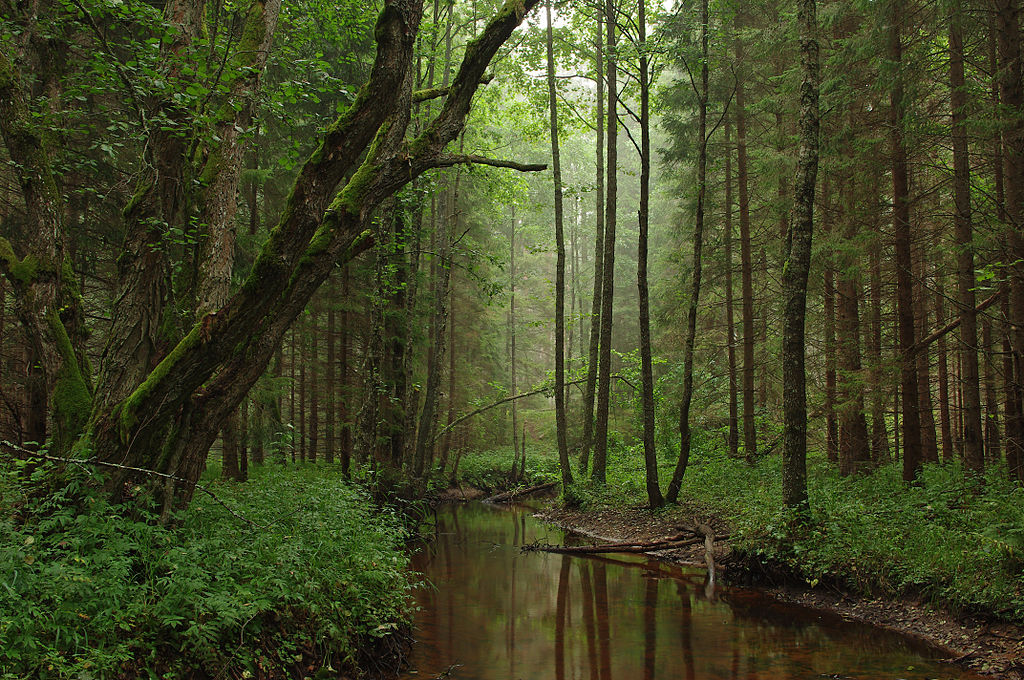Difference Between Ecotourism and Nature Tourism
Table of Contents
Ecotourism vs Nature Tourism
Ecotourism and nature tourism both include visiting natural attractions, but there is a difference between the two in terms of their intentions and activities offered. Ecotourism is responsible travel that is concerned with the conservation of the environment and respecting the culture of local people. However, nature tourism just refers to travelling to scenic locations, mainly to enjoy the beauty of nature. Thus, the key difference between ecotourism and nature tourism is in ecotourism’s intention to conserve nature.
What is Ecotourism?
Ecotourism is a popular concept in travel and tourism and conservation. Ecotourism is defined by the ties (The International Ecotourism Society) as “responsible travel to natural areas that conserves the environment, sustains the well-being of the local people, and involves interpretation and education”. Conserving the environment and improving the well-being of the people local people, and educating the tourists are some of the main aims of ecotourism.
Destinations with fauna and flora and cultural heritage are the main attractions in ecotourism. Ecotourism programs will attempt to minimize negative aspects of traditional tourism and build cultural and environmental awareness and respect, provide a positive experience for visitors and hosts.
Given below are some common characteristics of ecotourism.
Respect local cultures
Create environmental awareness
Provide funds for conservation
Minimize negative impacts of conventional tourism
Promote recycling, water conservation, and energy efficiency
Visiting places with cultural and historical importance and learning about the local culture and history, activities associated with nature such as bird-watching, trekking, going on wildlife tours are some examples of activities that are available in ecotourism programs.

What is Nature Tourism?
Nature tourism can refer to any travel with a natural area or feature as a destination or focus. The intentions and activities of nature tourism are different from ecotourism. Nature tourism involves visiting natural attractions that have geographical or biological features that have a specific appeal to the tourism market. Some common natural attractions in tourism include rainforests, rivers, deserts, beaches, caves, and cliffs, as well as unique flora and fauna in these places (birds, reptiles, plants, etc.).
Tourists visit these natural attractions to enjoy the beauty of nature, to explore different landscapes, to escape from the busy life, to experience outdoor adventures in a natural setting, and to learn about the environment.
Some natural attractions may be close to cities whereas some may be far away from cities and towns. Likewise, some sites may have a lot of visitors, whereas some may be hidden sites, known only to a few people.
Conservation and minimal impact are not associated with nature tourism. Thus, the tourists who visit these places may not pay attention to the preservation of nature. This type of tourism programs may also include a lot of recreational activities that may have nothing to do with educating about nature.

Some popular destinations for both ecotourism and nature tourism include Alaska, Antartica, the Himalayas, Kenya, Costa Rica, Dominica, Norway, the Blue Mountains in Australia, Amazon rainforest, and Norwegian fjords.
What is the difference between Ecotourism and Nature Tourism?
Definition:
Ecotourism refers to responsible travel to natural areas that conserves the environment, sustains the well-being of the local people, and involves interpretation and education.
Nature tourism can refer to any travel with a natural area or feature as a destination or focus.
Conservation:
Ecotourism program’s primary concern is the conservation of nature.
Nature tourism programs are not overly concerned about conservation.
Activities:
Ecotourism programs may have a lot of educational activities.
Nature tourism programs may have a lot of recreational activities.
Harm to the Environment:
Ecotourism programs attempt to cause minimal harm and use methods such as reuse and recycling, composting and reducing carbon footprint.
Nature tourism may not attempt to minimize the harm of tourism.
Image Courtesy:
“A close shot of children birdwatching” By Walton LaVonda, U.S. Fish and Wildlife Service – (Public Domain) via Commons Wikimedia
” Tarvasjõgi” By Ireen Trummer – Own work (CC BY-SA 3.0) via Commons Wikimedia
ncG1vNJzZmivp6x7pbXFn5yrnZ6YsqOx07CcnqZemLyue8OinZ%2Bdopq7pLGMm5ytr5Wau26xwqirqK2insCuecCnm2auo2K7osDUq5xmrJ%2Bqv6q%2FzGg%3D